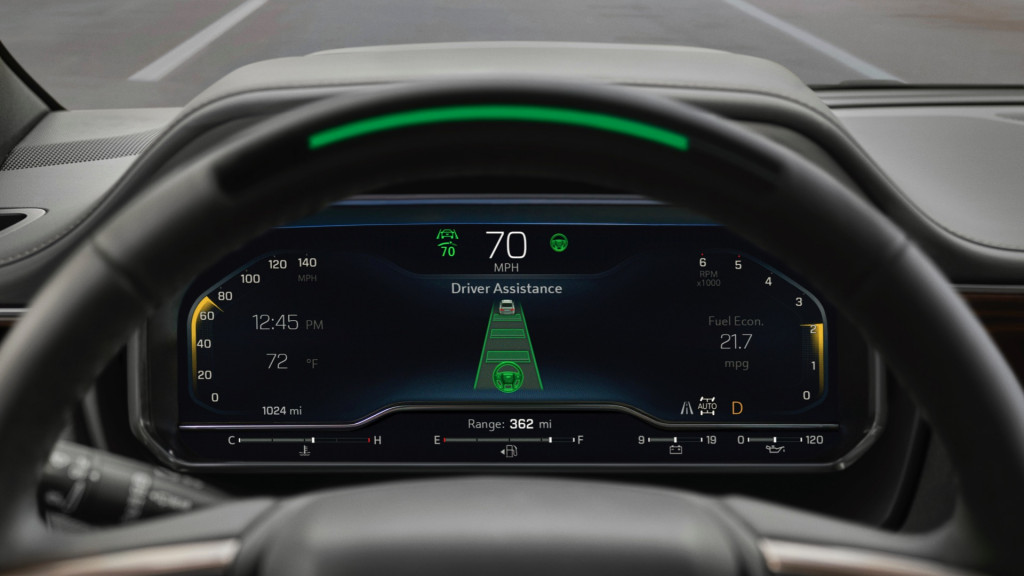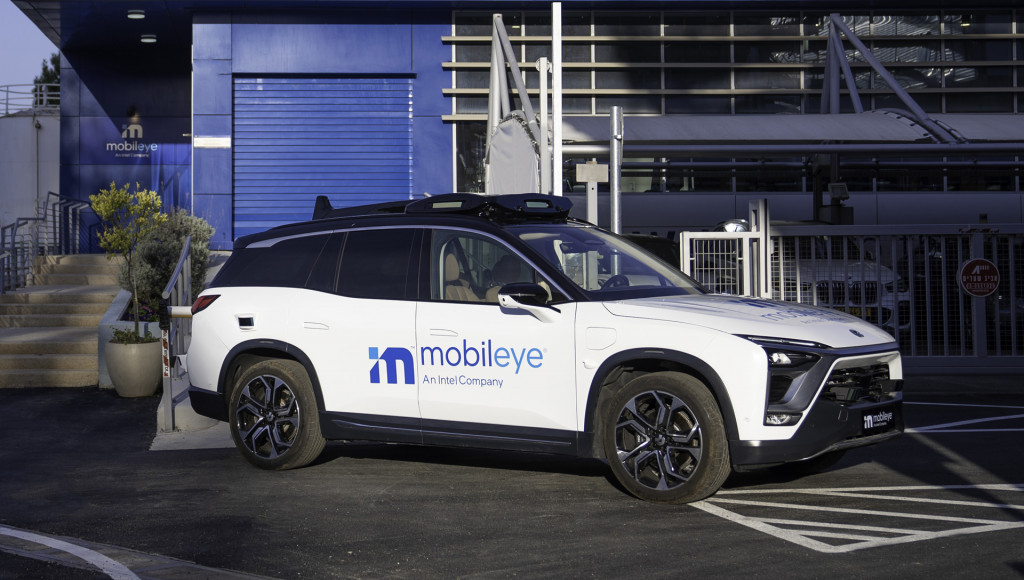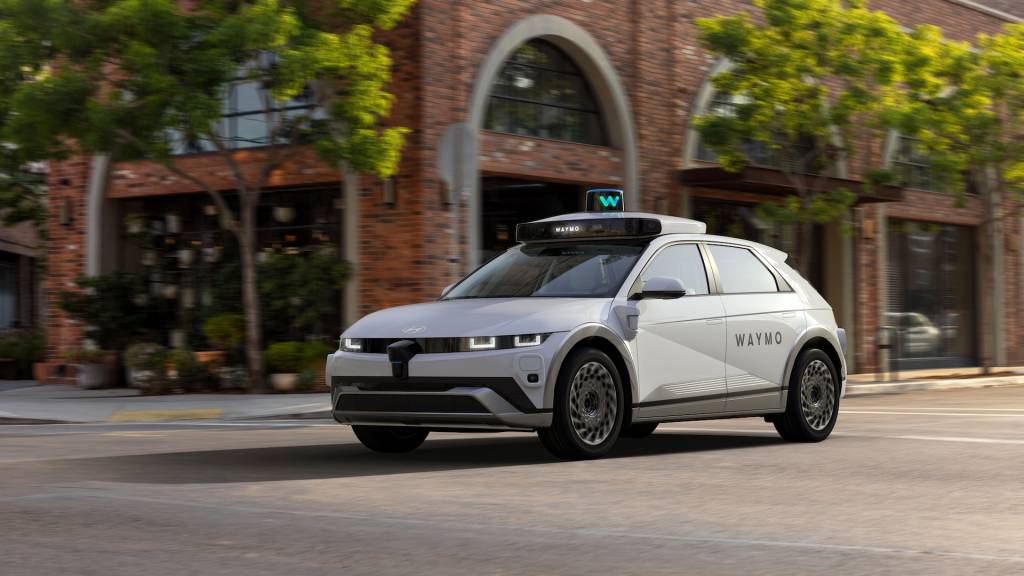[ad_1]
While the idea of self-driving cars seems to be rapidly approaching reality, there are numerous regulatory challenges and practical uncertainties to address. The primary obstacle is that no fully autonomous vehicles are currently available for consumers to purchase. Despite some automakers, notably Tesla, improperly labeling their semi-autonomous features as “Full Self-Driving,” no vehicles meet the criteria for being genuinely self-driving on the market today.
Nonetheless, many companies are making efforts in this direction.
Understanding the Levels of Semi-Autonomous and Self-Driving Vehicles
The Society of Automotive Engineers (SAE) established six levels of vehicle autonomy in 2014, ranging from Level 0 to Level 5, which represents full self-driving capability. The SAE revised these classifications in 2021 and is expected to do so again shortly. We will provide updates accordingly.
Before detailing these levels, it’s worth noting that most new vehicles sold today are equipped with advanced driver-assist systems (ADAS), which include features like automatic emergency braking and adaptive cruise control. By the end of 2023, over 95% of new cars included automatic emergency braking to help prevent collisions with other vehicles or pedestrians.
According to safety organizations like the IIHS, this technology helps avert around 42,000 accidents and 20,000 injuries each year. These features are labeled as driver support systems rather than semi-autonomous drive capabilities; however, similar systems have existed since the 1958 Chrysler Imperial, which was referred to as “auto-pilot,” a term we now recognize as cruise control.
Below is a summary of the various levels of vehicle autonomy.

SAE levels of driving automation, from none to fully self-driving
Level 0: No Driving Automation
According to the SAE, “These features only offer warnings and temporary assistance.” Drivers are responsible for managing steering, acceleration, braking, and observing their environment.
Automatic emergency braking, as well as features like blind-spot monitoring and lane-departure alerts, alongside traditional cruise control, all fall under Level 0.
Level 1: Basic Driving Support
The SAE describes these features as providing either steering assistance or brake/acceleration support. While these systems can help briefly, the driver remains fully in charge of the vehicle at all times.
Level 1 features may include active lane control that subtly adjusts the steering to keep the car centered in its lane, and adaptive cruise control that maintains a predetermined distance from the vehicle ahead. Drivers can select the gap from four to eight car lengths, depending on their preference.

2023 Chevrolet Suburban with Super Cruise
Level 2: Coordinated Driving Support
In contrast to Level 1, Level 2 vehicles can provide steering, active braking, and acceleration support at the same time.
This varies between manufacturers, and safety agencies, including the National Safety Council and Consumer Reports, advocate for clearer terminology among manufacturers so consumers understand what these systems can do. Automakers often group multiple features as active driving assistance systems, such as Nissan’s ProPilot Assist 2.0, Toyota Safety Sense 3.0, and Hyundai’s Highway Driving Assist 2, along with more advanced options like Ford’s BlueCruise and GM’s Super Cruise, which are currently among the safest limited hands-free systems available.
The technology in these systems can read road markings, detect traffic, and keep the car in lane while maintaining a safe distance from the vehicle ahead. These systems are best suited for long highway drives, typically requiring the driver to touch the steering wheel periodically to confirm their attention. Safety advocates recommend equipping all ADAS with a driver-monitor camera to ensure proper usage.
However, these systems often cannot execute specific tasks like merging onto highways or handling stop-and-go situations.

Mercedes-Benz Drive Pilot Level 3 self-driving system
Level 3: A Step Toward Conditional Autonomy
The SAE states, “These features can drive the vehicle under specific conditions but will not function unless all necessary requirements are met.” At Level 3, if the system calls for human intervention, the driver must respond, or the car will pull over, disable itself, and contact emergency services.
Currently, only one automaker has a system classified as Level 3, although systems like Super Cruise are close. Mercedes-Benz’s Drive Pilot Level 3 system enables hands-free driving on designated highways in California and Nevada at speeds of up to 40 mph, with potential for a 55 mph capability pending approval.
Drive Pilot offers temporary self-driving without requiring constant driver monitoring, allowing for tasks like checking emails or viewing media (where legal). It’s designed for use in traffic jams, capable of stopping and resuming movement autonomously. However, it does not facilitate lane changes, cannot navigate construction zones, and requires a lead vehicle.
At any moment, the driver must be ready to regain control.

Mobileye self-driving prototype
Level 4: Almost Fully Autonomous
At Level 4, the SAE indicates, “these automated driving features will not require driver intervention.” Unlike Level 3 cars, Level 4 vehicles can come to a stop on their own if any technical issues arise.
Many automakers, including GM, Ford, Mercedes-Benz, and Tesla, have developed safeguards for their Level 2 and Level 3 systems to protect against operator incapacitation, suggesting that Level 4 may not be far off. The question remains: Will you be able to drive a Level 4 vehicle if desired?
Manufacturers have indicated that integrating self-driving capabilities while still providing traditional driver controls is both unnecessary and expensive. In a collaborative effort, Polestar and Volkswagen Group are working with Mobileye to create a Level 4 system that employs various software and hardware elements, including two independent high-performance computers, 13 cameras, nine lidar units, and five radar sensors. The aim is to implement this in VW ID.Buzz robotaxis by 2026, first in Germany and Texas, though a human will still be present in the driver’s seat.

Waymo’s Hyundai Ioniq 5 self-driving taxi
Level 5: Fully Autonomous Robotaxis
Level 5 represents the ultimate achievement in self-driving technology, completely removing the need for a driver. These vehicles can autonomously navigate from one location to another using their software and hardware systems, employing machine learning to improve their capabilities beyond those of human drivers. This may not be overly challenging considering many human drivers are often distracted by their phones.
However, humans still have an edge over machines. Programming vehicles to navigate without clear road markings, in adverse weather, or unpredictable conditions poses significant challenges in terms of sensor technology, processing power, and expense. Some aspects of driving remain beyond the reach of algorithms or machine learning.
In July, GM discontinued its Cruise Origin robotaxi service, which had previously logged the most miles in limited public testing in Phoenix and San Francisco. GM cited regulatory uncertainties after the service was suspended for nearly a year following an incident involving a pedestrian in October 2023. The pedestrian was pushed into the path of the robotaxi by another vehicle, resulting in the robotaxi hitting and dragging the pedestrian for 20 feet. The driver of the non-Cruise car fled. Some estimates suggest GM has invested around $9 billion in the now-abandoned project.
Other mobility companies, including Tesla, Rimac, VW, Hyundai, and Alphabet Inc.’s Waymo, which currently has the most advanced self-driving system, continue to progress towards automating their fleets without human drivers.
.
[ad_2]
